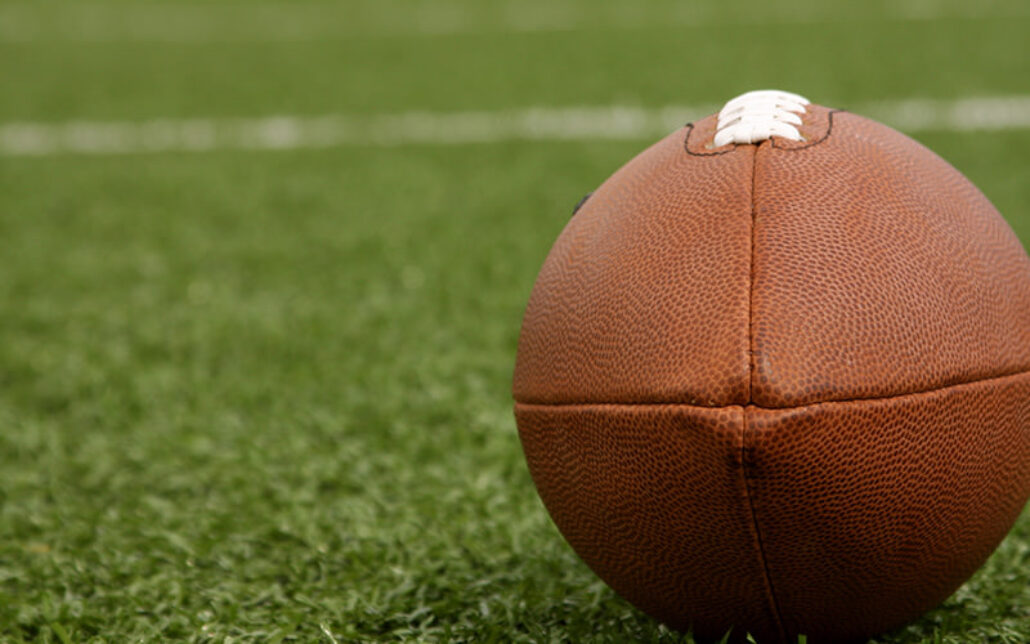Reed C. Williams, M.D., M.B.S., R.M.S.K., is a physical medicine and rehabilitation physician who specializes in nonoperative and interventional sports, musculoskeletal, and musculoskeletal ultrasound medicine at Summit Orthopedics. In fact, he first became interested in anatomy, function, and rehabilitation after serious ankle injuries in his senior year of high school derailed his collegiate football plans. Read more as he discusses how to prevent football injuries.
When you hear the term “football injury,” the first thing to come to mind may be an on-field collision, fall, or other split-second traumatic injury. But in fact, there are many muscle and tendon injuries football players face that are overuse injuries that happen over time. However, there are ways to prevent football injuries like these.
“Our bodies are designed to work anatomically in a number of ways, and our bodies are also wonderful compensation machines,” Dr. Williams explained. “That means your body is great at using short-term strategies to avoid or prevent some kind of injury, usually without your even realizing it. The problem is, those strategies can be problematic in the long run, since they can lead to overuse injuries.”
How to prevent football injuries
Focus on proper biomechanics
– Everything is connected, and if your body’s mechanics are out of alignment in one area, it can cause injury elsewhere. For example, “Core and hip stabilization is key to preventing knee and ankle injury, and scapular thoracic stabilization is critical to preventing shoulder injury,” Dr. Williams said. Talk with a sports medicine specialist about evaluating and correcting ongoing biomechanical issues.
Get enough rest
Fatigue is more than just feeling tired after a two-a-day. It’s a deeper sense that your body’s resources are depleted, which can slow down recovery and healing. When you’re working hard on the practice field, prioritize rest off the field to help your body cope.
Warm up right
Avoid prolonged stretching of cold muscles before a workout. That outdated idea can actually increase injury risk. Instead, do some dynamic warm-ups, light versions of the activity you’ll be doing. You could start with a slow jog, followed by throwing and catching the football.
Strengthen that core
A strong core sets the stage for proper form from head to toe, because the core muscles stabilize the limbs. Remember, the core is not just the back and abdominal muscles at the surface. It’s also little-used muscles deep within the torso and abdomen that need attention.
Stay hydrated
Hydration is the foundation on which the rest of the workout is built. Being dehydrated can reduce performance, leading athletes to push themselves too hard and increasing injury risk. Talk with your sports medicine provider, your coaches, and your trainer about how to assess your hydration each day.
Don’t overtrain
When it comes to an intense sport like football, the pressure to overtrain can be huge. But more is not always more. Pushing yourself too hard can lead to exhaustion and poor form, making overuse injuries worse or increasing your risk of a new injury. Make sure your body has the time it needs to fuel up, hydrate, and rest to promote recovery. Your performance will be stronger in the long run.
Overall, Dr. Williams said, athletes “need to focus on the kinetic chain and correct posturing. Otherwise, you can easily overuse and injure yourself. If you don’t focus on your hip, you can put your knee at risk. If you don’t think about your shoulder blades, you can tear up your elbow.”
More resources for you
- Figure out what the torn MCL recovery timeline is
- What is the difference between acute and chronic sports injuries?
- Meet our 2023 Rising Stars!

